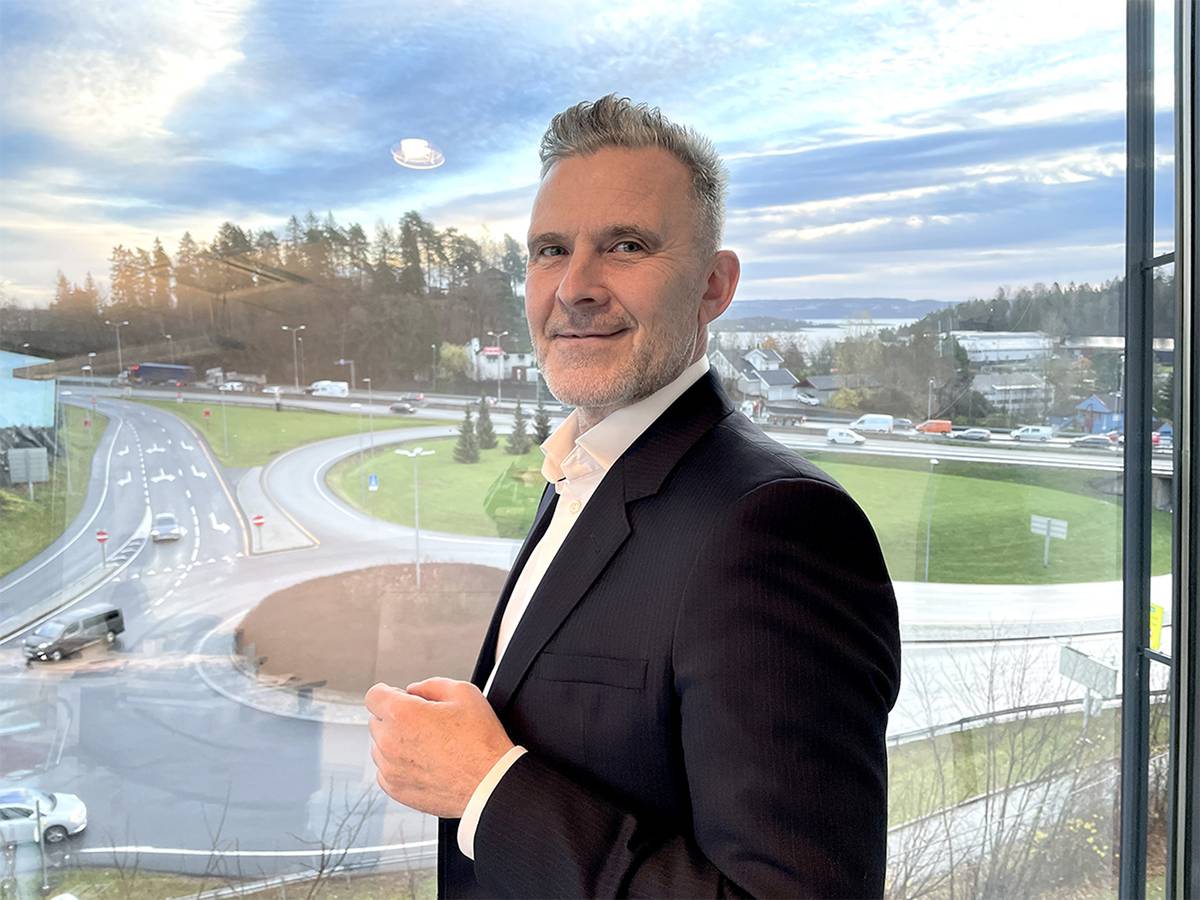Tech Feature
Uncrewed Vessels & Subsea Survey
Argeo Builds the Tools to Bridge the Data Gap
Argeo is an offshore service company, created in 2017 and on the move, driven by its mission to transform the ocean surveying and inspection industry via autonomous surface and underwater robotics solutions. We recently caught up with Argeo CEO Trond Crantz for a far-reaching discussion on the company and its recent innovations in the surface and underwater vessel sector, as well as insights on its digital platforms and patented electromagnetic sensor systems. The full report will publish in the March/April print edition of MTR; here we present an excerpt focused on Argeos AUVs and uncrewed systems.
By Greg Trauthwein
Teledyne Marine’s SeaRaptor is an AUV of choice for Argeo.
Photo courtesy ArgeoTrond, can you give us a by-the-numbers look at Argeo today?
We now have 50 employees, and since the start of April 2021 we have amassed four AUVs. Two of them are from Teledyne (SeaRaptor 6000) and also a brand new Hugin 6000 from Kongsberg. We have also commercialized our first USV as well, to cover the near shore shallow water, typical offshore wind market.

On the autonomy topic, Argeo Argus made headlines in mid-2022, as the first uncrewed remotely-supervised survey and inspection vessel.
We spent a lot more time to commercialize the whole system than we expected, but that paid off when we started the first project in November (2022), which was for our Norwegian renewable company. Our first USV is fully uncrewed, small enough to easily ship it anywhere. The client was very satisfied, as it provided fantastic performance and excellent data.
We talked briefly at the beginning about your AUV fleet: Teledyne Sea Raptor, Kongsberg Hugin. Can you give us a little more insight on that AUV fleet: why those two brands proved attractive, and do you see that growing in the future?
The first AUV we bought was a Hugin system, as we have a good relationship with Kongsberg, and they have a lot of experience: the system is proven. But we also wanted a slightly different system [Teledyne SeaRaptor], one which was more of an open-source setup; one where we can choose the systems, and the integrators, and the sensors, one that we foresaw with the product development that we are ourselves doing on geo-robotics. It's a slightly different concept, in terms of how it's put together and how it can be used.
Both are capable of diving down to 6,000 meters water depth. So it's trying to be a bit more agnostic than the ordinary company, allowing us to have a bit of play in terms of what we are developing on our own front, connecting that with our digital platform, Argeo Scope, which allows us to seamlessly project data from the data acquisition platform into a cloud-based system.
Most of our discussions center around the ability to go out, collect, send, disseminate information more efficiently. What technological development do you see that has most increased your ability to do that job more efficiently and cost effectively?
That's a big topic. Bringing new sensor systems to the market is one of our key focal points, and it was part of our uniqueness when we started. We have a fantastic engineering department developing cutting edge technology on the sensor side [which can be leveraged across many markets]. It's a whole family electromagnetic systems that is being developed, commercialized and patented. So that's the one thing.
The other thing is a deep understanding of AUVs. I think we have 10 sensors now, in the high-specifications AUVs, we have cameras, lasers, SaaS, navigation data, and so forth. So many sensors. Over the course of maybe two days, we amass up to five terabytes of data. Huge amounts of data.
Historically, a lot of that data becomes dead data on the client side. How do you make use of all of that information? That's why we also started developing a cloud-based digital platform, which allows the clients to look at all of the data that we acquire, and to correlate the different data types over a given project that they may have. This allows them to create value out of all the data types. So we can wave goodbye to PDF reports, and welcome the digital age.